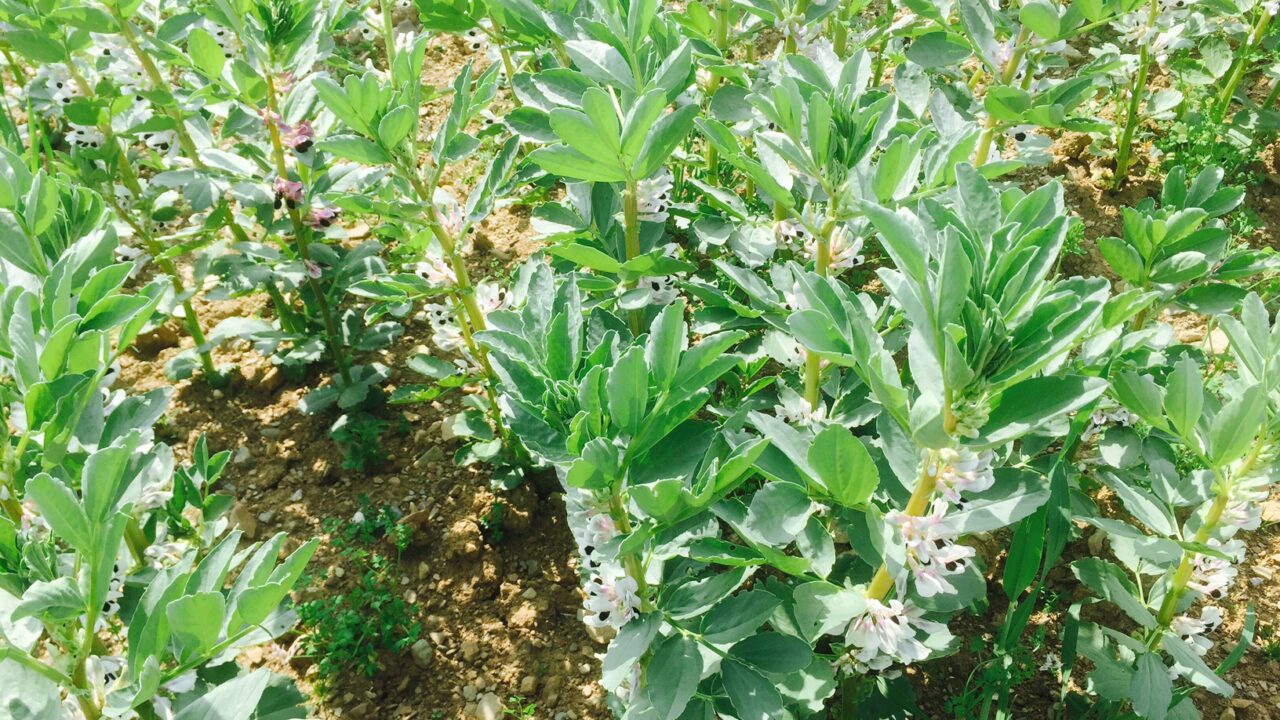“Irish grown cereals and pulses have and will always remain the cornerstone of our feed business.” Those were the words of David Shortall – agri sales manager at Quinns of Baltinglass – at the company’s tillage conference last week.
The company is committed to using as much Irish ingredients as possible in its mill and put a particular emphasis on the importance of a local source of Irish protein at the event.
Owing to that, the company announced an offer of €220/t for 2019 contract beans delivered at 22% moisture content on the same night.
Detrimental to tillage
David noted that while the beans crop had a poor yielding year in 2018, this should not put farmers off growing what is a profitable crop in both the long and short term.
8,500ha of protein crops were grown in Ireland in 2018; 80% of that area was planted to beans.
It would be detrimental to the tillage sector in Ireland if we were to let those acres slip due to the poor performance of the crop last year.
“There is a huge level of protein demand coming from the EU and here in Ireland. It is very important that we as a country consistently supply a protein crop. Ireland is currently the only European country receiving coupled payments.
It is very important that we supply consistent tonnage year-in, year-out.
In 2018, yields of the crop were approximately 2.5t/ha or less in some cases, due to snow in March and drought and heat stress during the summer. However, the protein payment helped to support farmers who were hit with a yield loss.
Profits
Over the years, beans have competed well on the Teagasc E-Profit Monitor and David went through some figures with the crowd.
The chart below shows the net margin of both spring beans and spring barley in 2016 and 2017.
Increasing profit in the rotation
David explained that while in both of those years spring beans delivered a higher profit than spring barley, the crop also has major potential to increase overall farm profitability when added to the rotation.
“There is consistent research to show the extra potential yield created where a bean crop is followed by a first wheat. That gives you an extra 1-1.2t/ha in winter wheat or approximately €170/ha.
Beans also open the gate for higher-value crops, like seed crops, that can provide longer-term profitability in the rotation.
“The key message is that the profitability of the rotation far outweighs the profitability of any single crop.”
David added that growing beans can play a part in farm risk management.
“By growing a percentage of your acres in beans you’re not completely exposed to the world market and cereal prices around the world.”
The break crop also allows for an improved weed control strategy. The fact that a graminicide can be used on the crop can help to control grass weeds, particularly sterile brome.
Soil health
“Beans dig deeper below the soil surface; deeper than any of the cereal crops. This can help with the soil structure. They also have good rotation benefits; you can follow a bean crop with no-till or min-till and help cut down on machinery costs.”
David continued on to mention the increased earthworm populations, change in crop residues for diverse soil biology and improved nutrient use efficiency.
“When you combine improved weed control, better soil structure and increased soil health, they all point towards longer-term profit and that is essential as a tillage sector that we think and operate in the longer term.”

